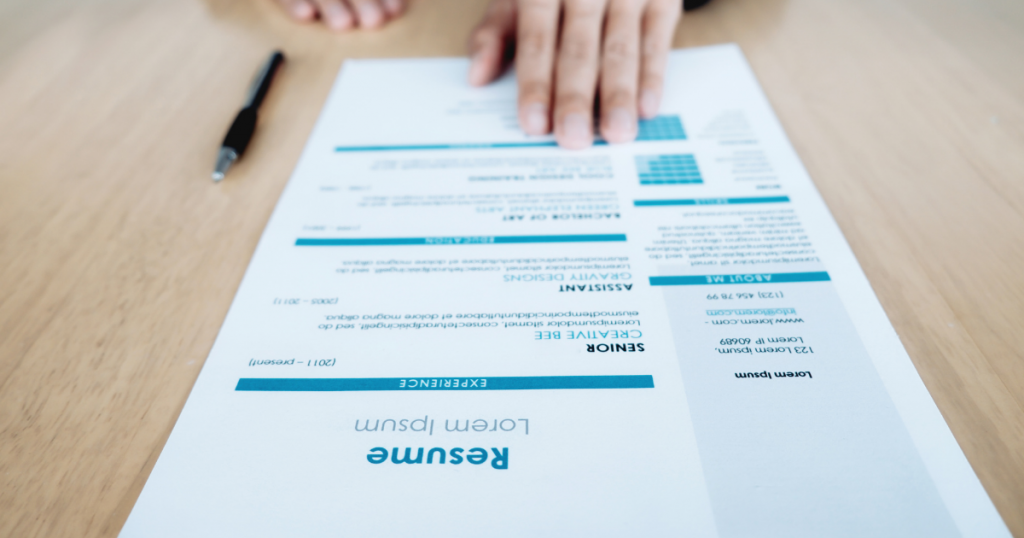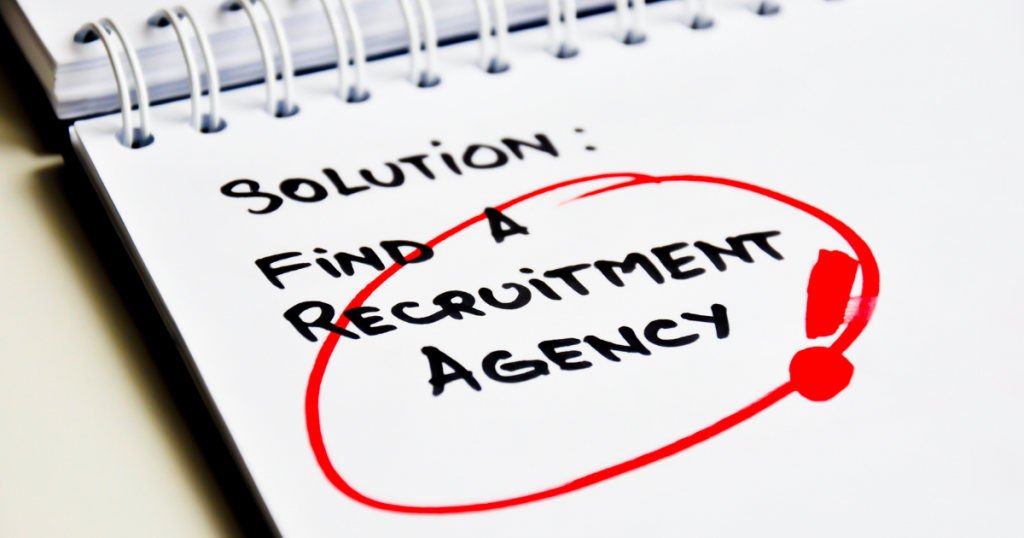How to get a job in Australia for foreigners in 2025
Australia is a country that continues to grow and present many opportunities for you to have the job that you desire. However, the Australian job market for foreigners is quite competitive.
This blog shares the most important tips that readers should keep in mind when trying to get a job in Australia.
1. A valid work visa is key to get a job in Australia
If you want to get a job in Australia, you need the right visa. It’s that simple. Without legal permission to work, no employer can hire you.
| Student visa (Subclass 500) | This visa lets you study and work part-time in Australia up to 48 hours every two weeks during classes and full-time on breaks. It’s popular with students gaining local experience and income. |
| Temporary Graduate visa (Subclass 485) | Finished studying in Australia? This visa lets you live and work full-time for up to 18 months or more. Many graduates use it to kick-start their careers. |
| Working Holiday visa (Subclass 417 or 462) | Young adults (18–30, or 35 for some countries) can use this visa to work and travel in Australia for up to a year. It allows full-time work, usually up to six months per employer, ideal for casual jobs. |
| Skilled Independent visa (Subclass 189) | This points-based visa lets skilled workers live and work in Australia permanently, no job offer needed if your occupation is on the skilled list. |
| Skilled Nominated visa (Subclass 190) | Similar to the 189 visa, but you need a state or territory nomination. It’s permanent and for skilled workers in specific regions. You must live and work in that state for a set time. |
| Temporary Skill Shortage visa (Subclass 482) | This visa lets skilled workers sponsored by an Australian employer stay and work for 2 to 4 years, depending on their occupation. |
For more details on visas that allow you to work in Australia, visit the official government websites for working in Australia. They have up-to-date information on visa types, conditions, and how to apply. Always check this sites before making any plans to get a job in Australia.
2. TFN or ABN is a must to get a job in Australia
All Australian workers are required to have a valid Tax File Number (TFN) or Australian Business Number (ABN). If you are going to work in Australia as an employee you will need a TFN and you will need to provide this to your employer upon commencement of your job.
If you plan to work as a freelancer or contractor, you will need an ABN. You will also need to invoice your customers for services rendered.
To apply for a TFN visit the Australian Taxation Officer by clicking here.
To apply for a ABN visit the Australian Business Register by clicking here.
TFNs and ABNs assist the Australian Government and Australian Taxation Office to record how much tax you will be required to pay.
3. Create a Resume and Cover letter
Understandably one of the biggest concerns when foreigners come to Australia is getting a job. Generally, the first thing foreigners will need to do is create an Australian-style cover letter and resume.

Write a Cover Letter
The cover letter is used primarily to explain why you are suitable for the position you are applying for. You should draw attention to your knowledge and experience most relevant to the position.
A good cover letter should reflect your attitude and personality. It is an opportunity to demonstrate your organisational skills by writing a short essay about yourself.
Prepare a clear Resume
In today’s competitive market, it is essential to stand out from the crowd. Generally, overseas work experience leads to greater life experience, which can be viewed positively by potential employers in Australia.
Resume or CV Tips to get a job in Australia
1. Contact details
Full name, phone number, email, and suburb (not your full address). Don’t add your date of birth, photo, or marital status. These are not needed in Australia.
2. Career profile / summary
Just 2 to 3 sentences about your background, key skills, and what kind of work you’re looking for. This helps hiring managers understand you quickly
3. Work experience
Starting with the most recent job. Include your job title, the company name, the dates you worked there, and 2 to 4 bullet points explaining what you did. Focus on what you achieved, not just your tasks.
4. Education and qualifications
Include any degrees, certificates, or training, especially if it’s relevant to the job.
5. Key skills and achievements
These might include things like communication, teamwork, customer service, or specific tools you use for work.
4. Best sites to get a job in Australia
Looking for a job? Check these websites daily, employers may message you directly, and offers can come fast. Stay alert and ready to reply.
SEEK
Seek, this is Australia’s biggest job site. It covers all industries: healthcare, trades, tech, hospitality, and more. You can set alerts for new jobs that match your skills.
It allows you to build a profile so that you can list your personal and work history. You will also find a choice of educational courses, which can be useful for improving your skills.
Here you can find hundreds of providers that offer a large selection of courses, where you can choose according to your interests and skills, so you will discover the industry in which you want to work. Seek provides you with tools to create your cover letter and resume, and provides tips and tricks on interview techniques.
GUMTREE JOBS
Gumtree popular for short-term, casual, or cash-in-hand jobs. Always be careful some posts may not be verified. Gumtree’s job section offers a broad range of categories, including trades, hospitality, retail, and more.
It also provides a mobile app for both iOS and Android platforms, making it convenient to search and apply for jobs on the go. Beyond job listings, Gumtree serves as a platform for buying and selling vehicles, real estate, and other goods and services.
INDEED
Indeed it is a global job site with strong coverage in Australia. It’s easy to use and pulls jobs from company websites, too. Many employers post directly here.
Indeed is a user-friendly platform, allowing job seekers to search for positions by keyword, location, and other criteria. Users can create and publish their profiles on Indeed, enabling employers to view resumes and reach out to potential candidates.
Indeed offers the option to set up job alerts based on user profiles and preferences. These alerts are sent via email, ensuring that users are promptly informed about new job postings.
JORA
Jora site shows listings from across the web, including smaller companies and recruiters. It’s great for casual, part-time, and entry-level roles.
Jora offers a straightforward and intuitive search experience, allowing users to filter job listings by keywords and location. This design makes it easy for job seekers to find relevant opportunities quickly. While Jora primarily redirects applicants to the original job postings for application, users can create accounts to manage job alerts and track their job search activities.
LinkedIn is more than a social network, it’s a powerful tool to get a job in Australia, especially if you’re a skilled worker or a professional.
You can use LinkedIn to search for jobs, internships, and even volunteer roles. Many Australian companies post their job openings directly on LinkedIn, and some post only here. That means if you’re not on LinkedIn, you could miss out on great opportunities.
How to get started with LinkedIn
–Create a strong profile: Add your photo, work experience, education, skills, and a short summary about who you are and what you’re looking for. Think of it as your online resume. Make it professional and honest.
-Start connecting with others: Follow companies you like, add people in your field, join industry groups. This helps you grow your network and your network can lead to job offers, referrals, or helpful advice.
–Set job alerts: Apply directly to job posts, and even message hiring managers. It’s a smart way to stay visible and show employers that you’re ready to get a job in Australia.
Don’t forget to stay active like, comment, and share posts. A strong LinkedIn presence can make a big difference.
5. Recruitment Agency

Recruitment agencies are another great way to get a job in Australia. They work with employers to fill roles quickly and match people to jobs that fit their skills.
Two of the top agencies in Australia are Hays and Randstad. They cover many industries like admin, IT, construction, healthcare, and more. You can register online, upload your resume, and even get job alerts or tips.
The best part? These services are free for job seekers. The companies doing the hiring pay the agency fees, not you.
If you want expert help or access to jobs not listed on public sites, recruitment agencies are a smart option to help you get a job in Australia faster.
Now, this is important…
• Make sure to keep track of your job search activities, including job applications, phone calls, and both face-to-face and virtual interviews. There are many details to manage.
• Keeping a calendar diary with phone contacts and meeting times may help you keep track of everything, ensuring you don’t miss anything important. This can easily be done using your smartphone
About Rocket Remit
Rocket Remit is the world’s fastest international money transfer service. Send money instantly to over 60 overseas countries at very competitive rates.
Use the country selector to choose the country and check the rate.
Click here for more information on how to send money using Rocket Remit.
Download the Rocket Remit app from Google Play or the Apple Store